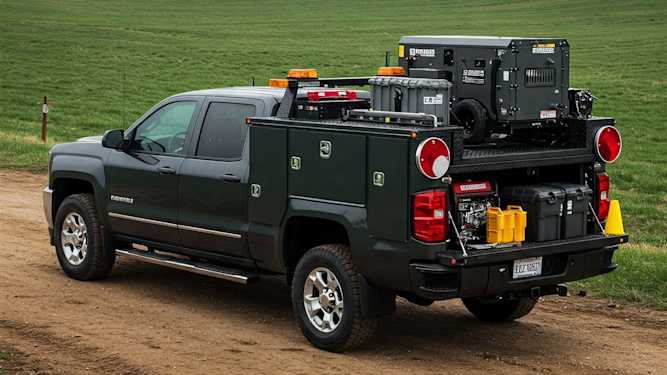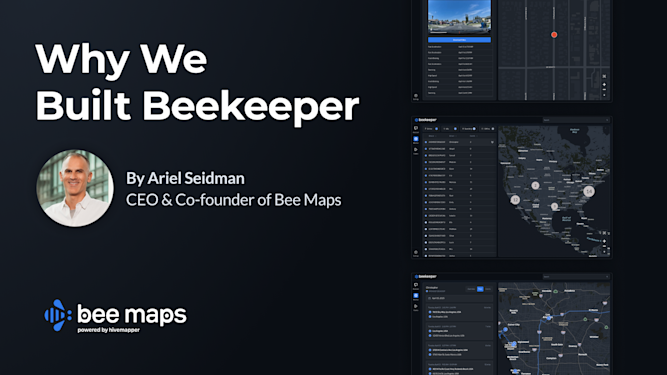The Latest Buzz
What are Different Types of Location Intelligence?

Location intelligence (LI) is the process of deriving meaningful insights from geospatial data, allowing businesses and organizations to make informed decisions based on location. Different types of location intelligence benefit different kinds of organizations in a variety of ways.
What Are the Main Types of Location Intelligence?
Geospatial Analytics:
This involves analyzing spatial data to uncover patterns and trends. Geospatial analytics can help businesses optimize their operations, such as identifying the best locations for new stores or understanding customer demographics in specific areas.
Street-View Imagery (SVI):
Street view imagery, often collected through vehicles equipped with cameras and sensors, provideds detailed views of physical locations, offering visual context and even coordinates that enhance the understanding of an area. This visual data can be used to observe land use, building conditions, and neighborhood characteristics. SVI can also be analyzed for trends, changes over time, and spatial relationships.
Geographic Information Systems (GIS):
GIS is a powerful tool that allows users to visualize, analyze, and interpret spatial data. Organizations use GIS to create maps, analyze land use, and conduct environmental impact assessments, making it essential for urban planning and development.
Real-Time Location Services (RTLS):
RTLS involves tracking the real-time location of assets, people, or vehicles. This technology is commonly used in logistics and supply chain management to monitor the movement of goods, ensuring efficiency and reducing delays.
Proximity Analytics:
This type of location intelligence focuses on the relationships between different locations. Businesses can use proximity analytics to understand how far customers are willing to travel for services or how close competitors are to their operations.
What are Some Ways Street-Images are Used for Location Intelligence in Different Industries?
Street-Imagery as Location Intelligence in Transportation:
Traffic Analysis:
Street-view imagery can be used to analyze traffic patterns and congestion points in real time. Transportation agencies can assess road conditions, monitor traffic flow, and identify areas for infrastructure improvements.Road Safety Assessments:
City planners can utilize street-level imagery to identify potential hazards, such as poorly marked pedestrian crossings or obstructed sightlines, helping to improve road safety.
Street-Imagery as Location Intelligence in Media and Advertising:
Location-Based Advertising:
Brands can use street-view imagery to create targeted advertising campaigns by identifying popular locations and visualizing their proximity to potential customers. Advertisers can showcase their products in real-world settings through augmented reality applications.Market Research:
Companies can analyze street-view images to assess competitor locations and their proximity to consumer hotspots, enabling more informed site selection for new stores.
Street-Imagery as Location Intelligence in Government Planning:
Urban Development Projects:
City officials can utilize street-view imagery to document existing conditions before initiating urban development projects, helping to identify necessary permits and assess community impact.Cultural Heritage Preservation:
Governments can use street-view imagery to catalog historical sites and monitor their conditions over time, assisting in preservation efforts and cultural heritage planning.
Unlock the potential of street-level imagery with location intelligence from Bee Maps. We can help you leverage geospatial data and improve decision-making. Contact us today to learn more about our innovative solutions!
Location intelligence encompasses various types, including geospatial analytics, GIS, real-time location services, and proximity analytics. By leveraging these tools, organizations can gain valuable insights that drive decision-making and improve operational efficiency across industries.
Share Post


